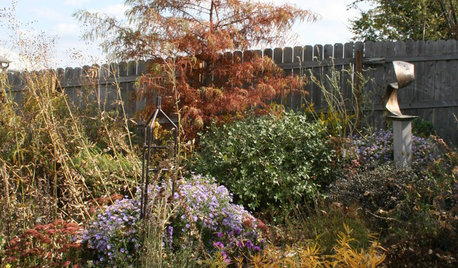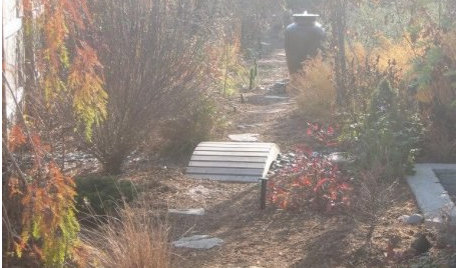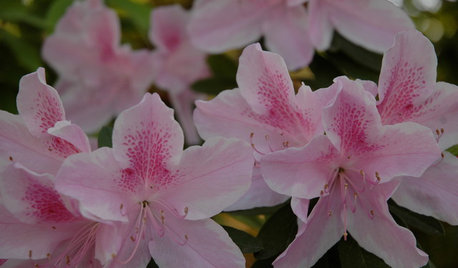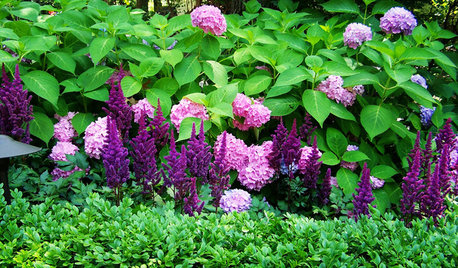Do any of you mulch??
chickadee__3a
15 years ago
Related Stories

GARDENING GUIDESHow to Pick a Mulch — and Why Your Soil Wants It
There's more to topdressing than shredded wood. Learn about mulch types, costs and design considerations here
Full Story
GARDENING GUIDESNew Ways to Think About All That Mulch in the Garden
Before you go making a mountain out of a mulch hill, learn the facts about what your plants and soil really want
Full Story
GARDENING GUIDESThe Art of Green Mulch
You can design a natural garden that doesn’t rely on covering your soil with wood and bark mulch
Full Story
GARDENING GUIDES6 Wonderfully Easy Roses for Any Gardener
Look like an expert even if you're just starting out, with these low-maintenance gems of the rose world
Full Story
GROUND COVERSGround Force: 10 Top Ground Covers for Your Garden
Protect your soil from weeds and drought this summer with a living mulch of ground covers
Full Story
GARDENING GUIDESGarden Myths to Debunk as You Dig This Fall and Rest Over Winter
Termites hate wood mulch, don’t amend soil for trees, avoid gravel in planters — and more nuggets of garden wisdom
Full Story
REGIONAL GARDEN GUIDESCentral Plains Gardener's October Checklist
Fall foliage color and crisp mornings, plus mulching beds and planting spring bulbs, make October a gardener's heaven
Full Story
GARDENING GUIDESCentral Plains Gardener's November Checklist
Mulching, seeding, feeding — several small tasks to ensure a winter of activity, and a good spring start.
Full Story
GARDENING GUIDESTexas Gardener's November Checklist
Planting and protecting are top priorities in the garden this month, so master the mulch and get those trees and shrubs in the ground
Full Story0

GARDENING GUIDESSoutheast Gardener's May Checklist
Bask in the blooms and mind your mulch this month; summer means lots to savor and lots to do in the garden
Full StoryMore Discussions






valleyrimgirl
dannie
Related Professionals
Citrus Heights Landscape Architects & Landscape Designers · Essex Landscape Architects & Landscape Designers · Richmond Heights Landscape Architects & Landscape Designers · Walnut Landscape Architects & Landscape Designers · Norwood Landscape Contractors · Cary Landscape Contractors · Kaysville Landscape Contractors · Lehigh Acres Landscape Contractors · The Woodlands Landscape Contractors · Vallejo Landscape Contractors · 63040 Window Contractors · Arlington Window Contractors · Dayton Window Contractors · Manville Window Contractors · Mount Kisco Window ContractorsCrazy_Gardener
garden_chicken
redpeony
valleyrimgirl
chickadee__3aOriginal Author
prairierose
xtreme_gardener
prairierose
chickadee__3aOriginal Author
Crazy_Gardener
prairierose
xtreme_gardener
shazam_z3
valleyrimgirl
marciaz3 Tropical 3 Northwestern Ontario
valleyrimgirl
marciaz3 Tropical 3 Northwestern Ontario
xtreme_gardener
valleyrimgirl
fraxinus
weeper_11